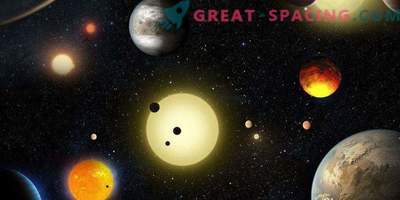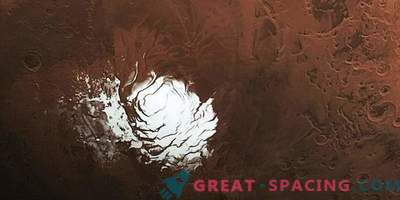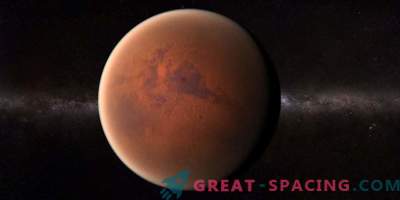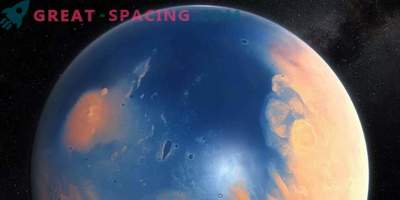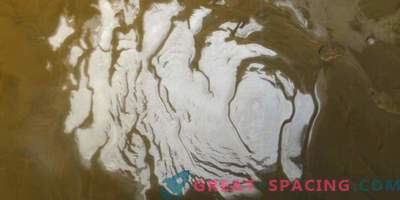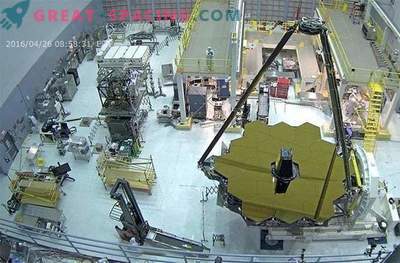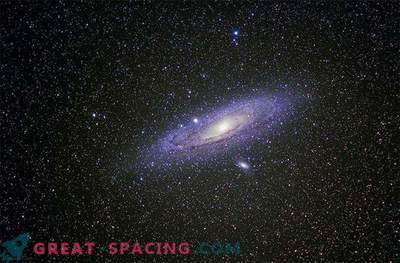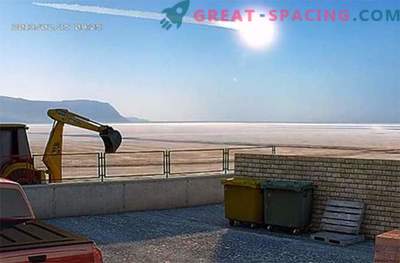
Mars may look dry and lifeless, but the Red Planet contains moisture and as scientists assume, it is enough to sustain life.
Humidity in the atmosphere of Mars can contribute to the birth of life, but only when in the morning water condenses into small pools.
“The conditions on Mars are reminiscent of dry areas of the Chilean Atacama desert: relative humidity is high and water vapor reaches a value of one hundred microns precipitated,” notes John Ramml, director of the East Carolina University (ECU).
Last month, Ramml spoke at the Astrobiological Scientific Conference in Chicago about the whereabouts of several “special regions” on Mars: places that can support the development of newborn Martian life.
Is heat and moisture enough?
According to the 2014 NASA Mars Exploration Program (MEPAG) report, in which John Ramml participated, special regions are places where terrestrial organisms are supposed to be able to live and reproduce. These regions include every zone that can potentially contain life forms in any form.
Liquid water is a prerequisite for life on Earth. On the surface of Mars there is almost no water in the liquid aggregate state, however, judging by the accumulated data of scientists, in the past Mars was filled with rivers, seas and oceans.
The atmosphere is completely different. According to Rammlu, humidity on Mars is very strongly tied to temperature fluctuations. At night, the relative humidity on Mars is between eighty and one hundred percent, sometimes the Martian air reaches the maximum possible moisture content. During the day, another extreme is on the surface of the Red Planet: the humidity is close to zero, and proportionally decreases with increasing temperature. On Earth, some organisms are able to survive in the driest regions, getting the necessary water from atmospheric moisture. Lichens growing in dry climates are not afraid of even the most severe droughts. Some lichens were able to photosynthesis in places with extremely low humidity - only 70 percent. Another study showed that one of the forms of the Antarctic lichen was able to adapt to the artificially recreated conditions of the Martian surface.
But this does not mean that life on the surface of Mars is possible. Although scientists have observed the processes of vital activity and photosynthesis in lichens under these conditions, not a single living organism can reproduce in this environment, because cell division does not require atmospheric water, but ordinary, liquid water. Thus, liquid water is still the main condition for cell division and the existence of life.
Living in Martian puddles?
Does this mean that such a viable lichen still can not exist on Mars? John Rammm advises not to rush to conclusions. If the temperature drops at night in places with sufficiently high pressure, water may condense into snow or ice. With the onset of morning ice and snow gradually melt and eventually evaporate. According to Rammla, this process can take several minutes, and can take up to several hours.
In 1970, the Viking-2 spacecraft observed the condensation of water on Mars for two hundred days in a row, examining the finest ice dust on the surface of the planet. John Rammm argues that even such a short period of time hypothetically allows some living organisms to function and even multiply.
The arid climate is not the only hindrance to life on Mars. Due to the absence of a magnetic field and a very thin atmosphere, radiation levels on the surface of Mars are likely to be lethal to all living things. Therefore, life on Mars, similar to Earth lichens, should be sought not on the surface, but under it.
Moreover, solar radiation harms not only life itself, but also its source - water, turning the latter into hydrogen peroxide, which considerably interferes with the appearance, development and reproduction of organisms.
“The open landscape of Mars with the scorching sun is certainly not a cozy place to live,” says John Ramml.


